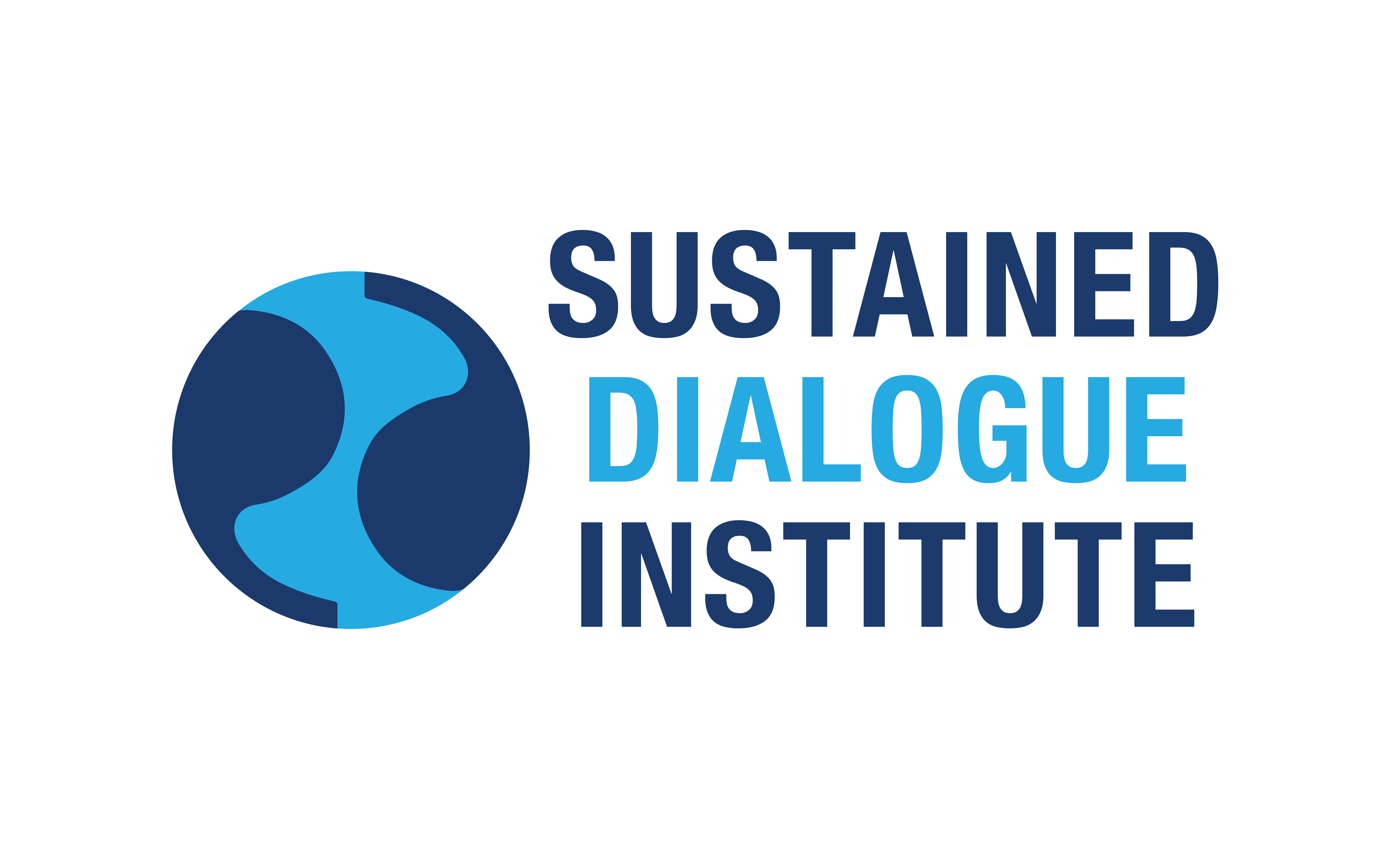Authors: Philip D. Stewart and Nissa Shamsi
Full Text: download full pdf
The roots of conflict, whether international, community or interpersonal, are most often expressed in antagonistic attitudes or perspectives towards ‘the other’. Such attitudes frequently are deeply embedded and resistant to change. Yet lasting resolution of conflict is difficult, if not impossible, unless such attitudes of hatred, mistrust and anger can be addressed. This article begins with insights from science that shows that transformation of such perceptions under certain circumstances can occur.
We then describe a well-tested but little known approach to conflict resolution whose design embodies these insights to transform conflicted relationships into more constructive ones. It is only through such transformation of perceptions, attitudes and relationships that the parties themselves become capable of constructively dealing with the economic, social and political issues in the conflict. This approach is called Sustained Dialogue.
Sustained Dialogue has its roots in a high-level, U.S.-Soviet, now U.S.–Russia, dialogue, known as the Dartmouth Conference, which first met at Dartmouth College in 1960 and held its 137th session in October 2015. Its focus on transformation of relationships enables Sustained Dialogue to be effective in addressing a very wide range of conflicts, from a civil war in Tajikistan, to tensions between Israeli Arabs and Jews, to ethnic and racial tensions on 60 college campuses around the world and to intracommunity and intra-institutional conflicts. Sustained Dialogue identifies five components of relationship: identity, interests, power, perceptions, misperceptions and stereotypes, as well as patterns of interaction. Moderators use these five elements not only to understand the nature of a conflict but also to guide the dialogue in ways that encourage transformative experiences. This takes time and occurs throughout the five stages of the process: deciding to engage, mapping relationships and naming problems, probing problems and relationships, scenario building as well as acting and learning together. The Sustained Dialogue Institute in Washington DC trains and encourages the use of this method. To provide the reader with a fuller sense of what this transformation process looks like and some of the results achieved, this article concludes with several illustrations from various kinds of conflicts.
